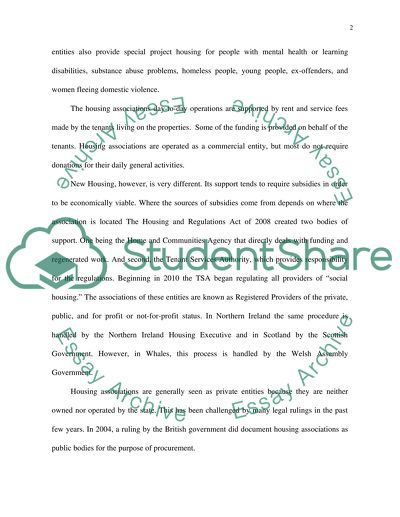Cite this document
(“Housing Management (See assingment criteria section for the full Essay”, n.d.)
Retrieved from https://studentshare.org/environmental-studies/1420933-housing-management-see-assingment-criteria-section
Retrieved from https://studentshare.org/environmental-studies/1420933-housing-management-see-assingment-criteria-section
(Housing Management (See Assingment Criteria Section for the Full Essay)
https://studentshare.org/environmental-studies/1420933-housing-management-see-assingment-criteria-section.
https://studentshare.org/environmental-studies/1420933-housing-management-see-assingment-criteria-section.
“Housing Management (See Assingment Criteria Section for the Full Essay”, n.d. https://studentshare.org/environmental-studies/1420933-housing-management-see-assingment-criteria-section.


